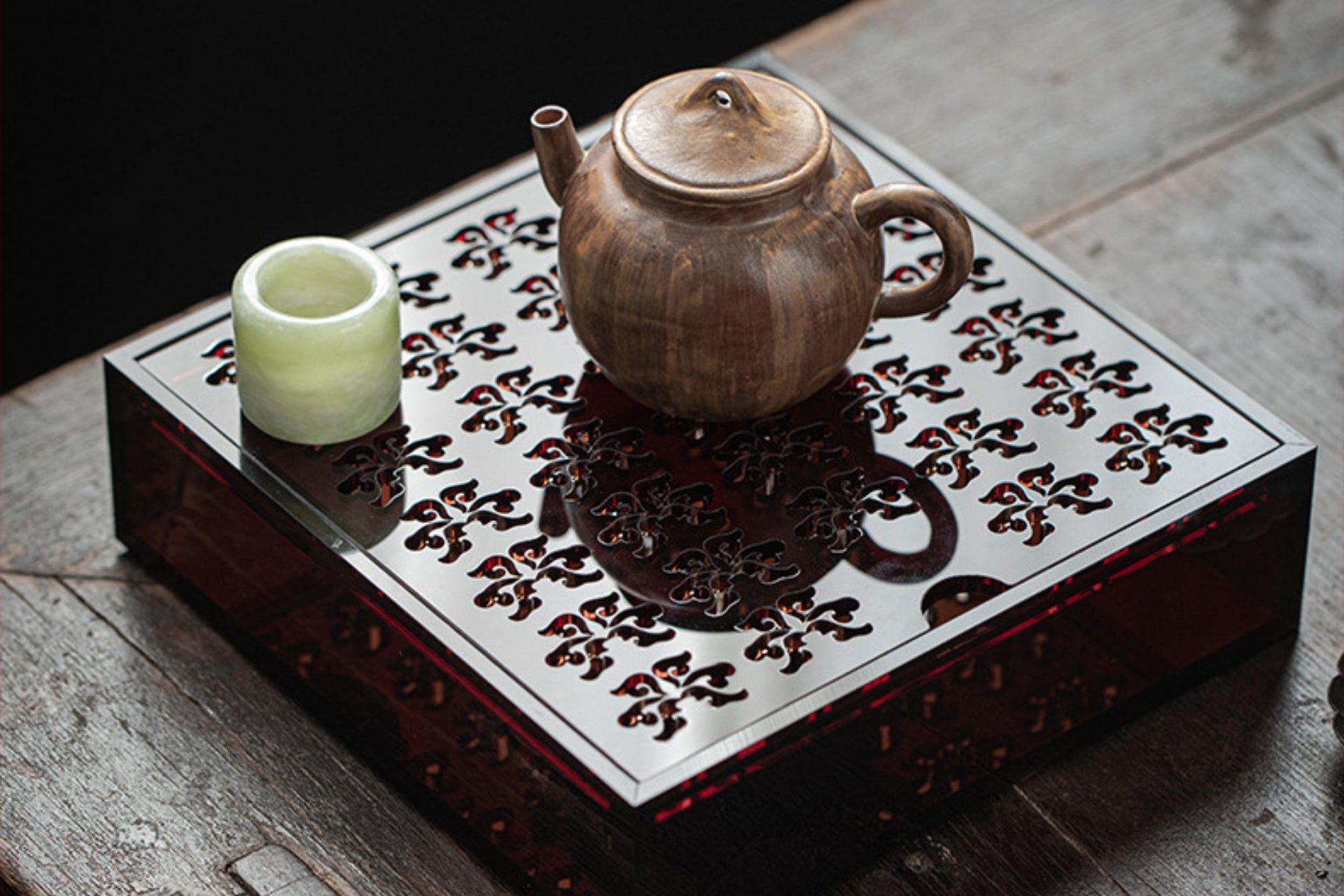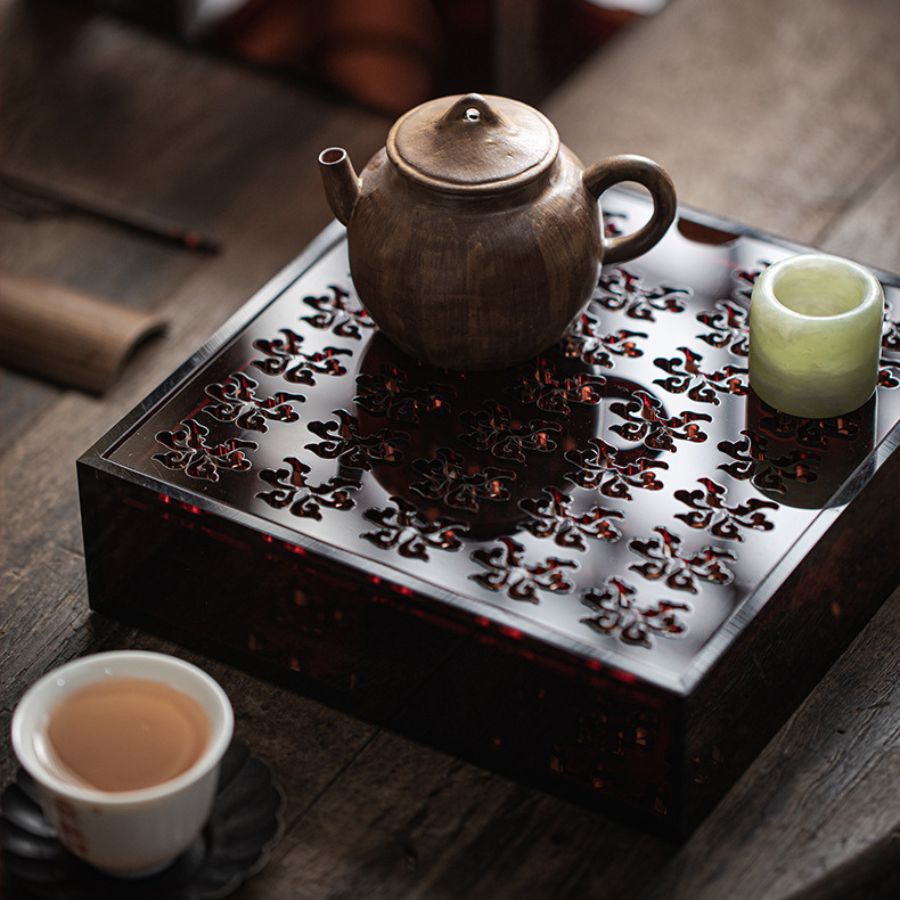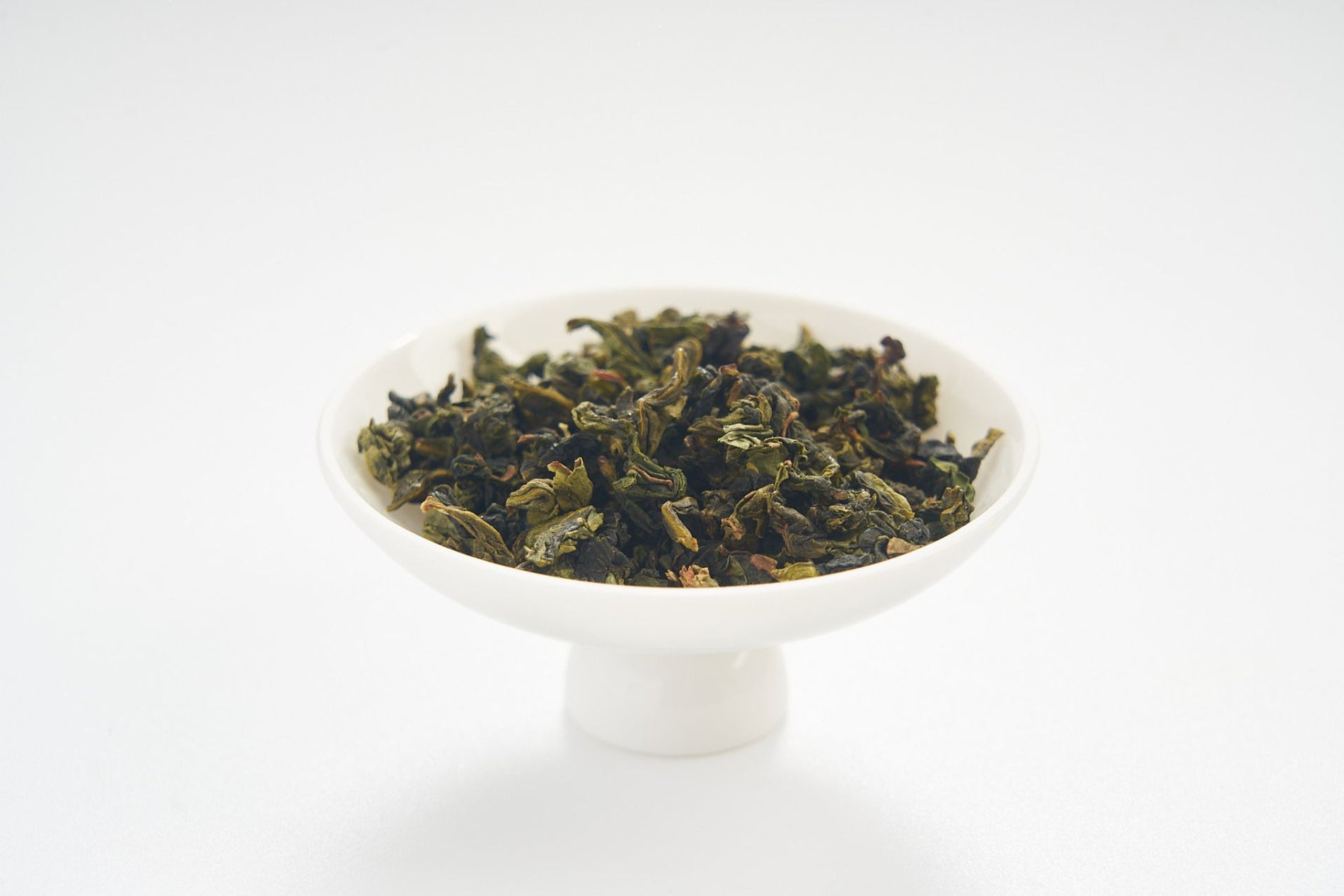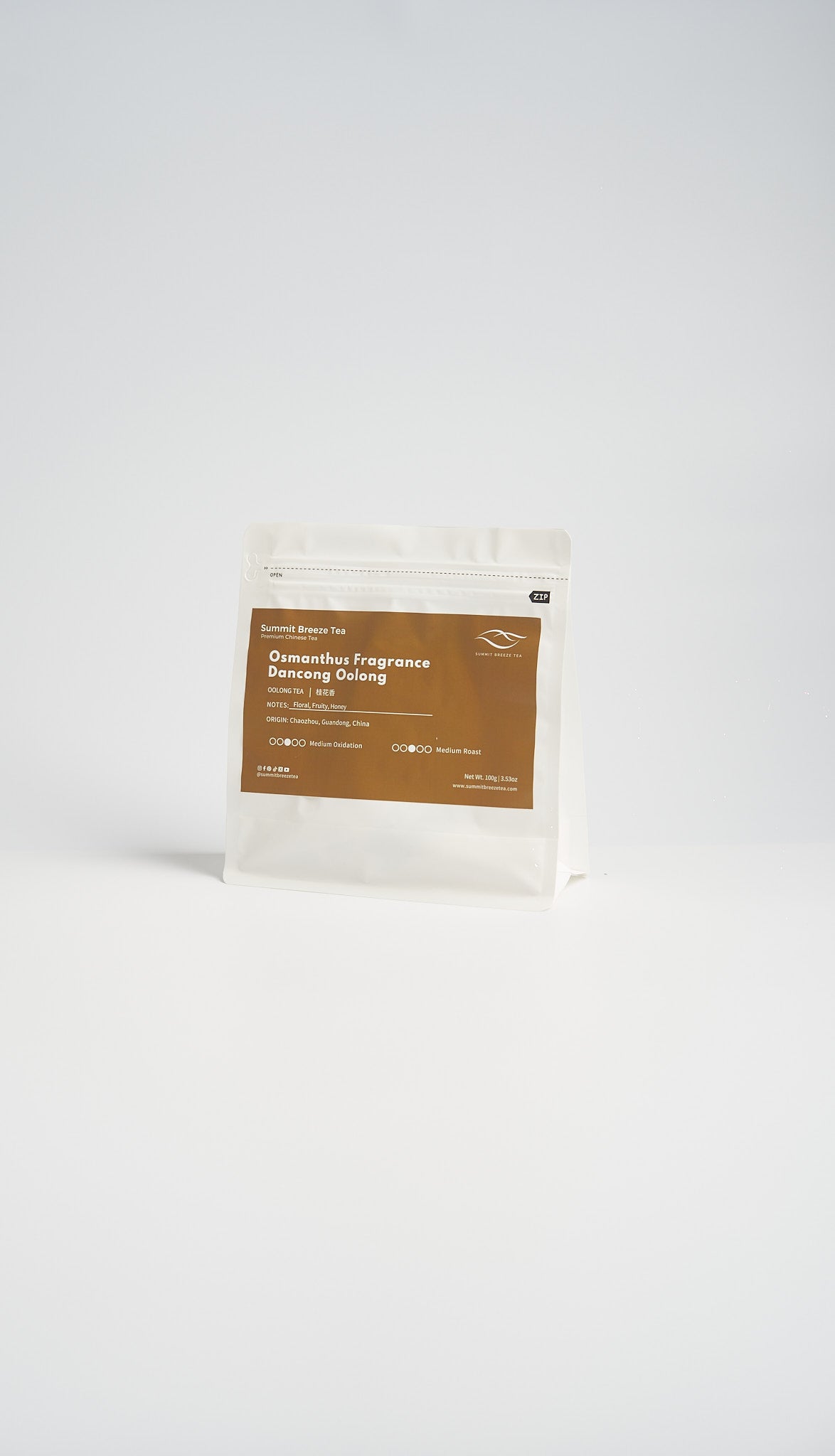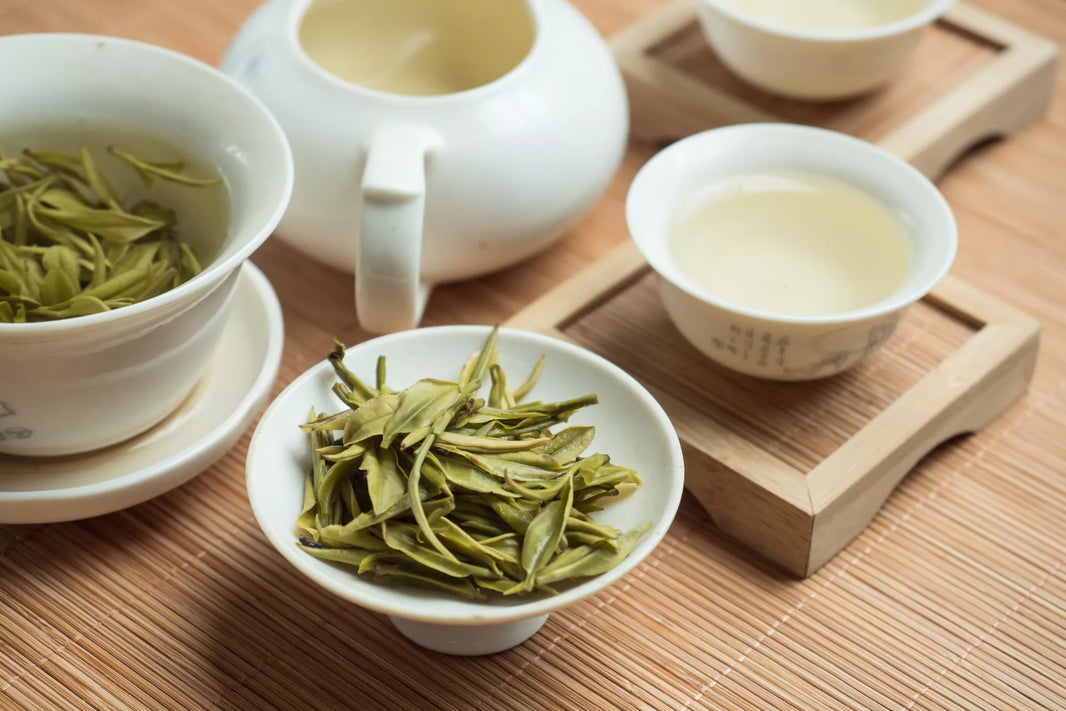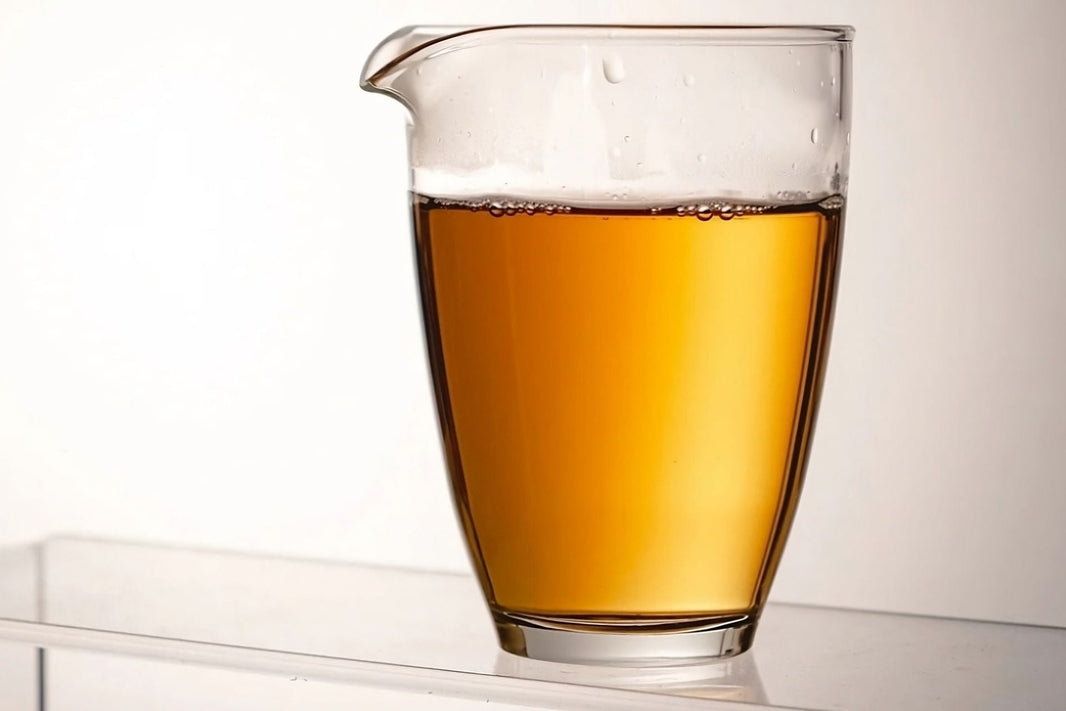There’s an old Chinese saying: “Drink green tea in summer, red tea in winter, and enjoy Oolong tea all year round.” Oolong is one of the six major types of tea in China, also known as "qing tea."
Oolong tea is semi-fermented, falling between green tea and black tea. Its production process is the most complex among the six major tea types. For instance, Wuyi rock tea has very specific demands when it comes to the roasting process.
Oolong tea is characterized by floral and fruity notes. Different varieties have their unique fragrance, such as the pronounced orchid aroma of Tie Guan Yin and the rich flavor of Da Hong Pao.
A good cup of Oolong tea comes from a perfect blend of top-notch growing regions, effective tea garden management, and expert processing.
This article offers an in-depth look at the fascinating world of Oolong tea and invites you to explore its unique charm.
History of Oolong Tea
Oolong tea originated in Fujian.
It is said that the origins of Oolong tea can be traced back to Beiyuan tea (北苑贡茶) during the Northern Song dynasty. As the earliest tribute tea from Fujian, Beiyuan tea had a profound influence on the production process of Oolong tea.
The production techniques for Oolong tea truly matured during the Qing dynasty, but there is still some debate about its origin. Some believe it originated in Anxi, while others think it came from Wuyi Mountain.
Production Areas of Oolong Tea
Oolong tea is mainly produced in southeastern China. This includes Southern Oolong, Northern Fujian Oolong, Guangdong Oolong, and Taiwanese Oolong.
Southern Fujian Oolong primarily represents tea from Anxi County, while Northern Fujian Oolong represents the Wuyi Mountain region. In Guangdong, it represents Fenghuang Dan Cong from the Chaozhou area.
Taiwanese Oolong is primarily produced in Taipei, Nantou, Chiayi, and other regions.
Varieties of Oolong Tea
The tea plants used for Oolong tea belong to the Camellia genus, specifically Camellia sinensis. Representative tea tree varieties include:
- Wuyi Caicha (武夷山菜茶): Used to produce Wuyi rock tea. Wuyi rock tea has been improved to create several famous sub-varieties. These include Da Hong Pao, Rougui, Shuixian, Bai Jiguang, Su Xin Lan, and Tie Luo Han.
- Yes, you heard that right. Tie Guan Yin is a tea. It's also a unique tea tree variety, first discovered in the 18th century.
- Phoenix Dan Cong (凤凰单丛): It refers to individual trees from the Fenghuang Shuixian tea plant. Each has a unique fragrance. Phoenix Dan Cong has 10 major aroma types. They are honey orchid, yellow gardenia, magnolia, bamboo orchid, osmanthus, ginger flower, cinnamon, night-blooming jasmine, jasmine, and almond.
- Ruan Zhi Oolong (软枝乌龙): A well-known Taiwanese tea tree variety widely used to make Dong Ding Oolong and Wenshan Baozhong.
- Jin Xuan (金萱): Another important Taiwanese variety, loved for its unique creamy flavor and smooth texture.
Other Oolong varieties include Zhangping Shuixian (漳平水仙), Bai Ya Qi Lan (白芽奇兰), Yongchun Fo Shou (永春佛手), and more.
How Oolong Tea is Produced
Oolong tea's production involves several steps: picking, withering, cooling, shaking, killing the green, rolling, drying, and roasting.
The finished tea and the tea plant varieties differ by region. This leads to different processing techniques.
These differences mainly reflect two things: the fermentation level and the roasting process.
Usually, lightly fermented Oolong tea is dried only once. This preserves its aroma, without extra roasting.
Traditional Oolong teas, like Wuyi rock tea, have strict roasting rules. After the drying process, the tea is roasted at light, medium, or heavy temperatures several times. This step will affect the tea's taste and aroma.
Sun withering is crucial for Oolong tea, as it helps to bring out the floral and fruity notes of oolong tea.
The oxidation process is also vital. Experienced tea masters must judge the right level of shaking based on their expertise. This makes it one of the most challenging steps in Oolong tea processing.
What Does Oolong Tea Taste Like?
The typical characteristics of Oolong tea are floral and fruity notes.
Different varieties have unique flavors. For instance, Tie Guan Yin has an orchid aroma. Rougui is famous for its spiciness. Old Bush Shuixian has woody notes.
Good Oolong tea also has a strong and lingering sweet aftertaste.
Benefits of Oolong Tea
Oolong tea contains various nutrients, and recent studies suggest that drinking Oolong tea regularly has anti-inflammatory and antioxidant effects.
It can help lower blood lipid and blood pressure levels, and prevent diabetes and heart disease.
Oolong tea can also aid in weight loss, especially in reducing abdominal fat, and may enhance cognitive abilities.
For more benefits of Oolong tea, please read this article.
Caffeine Content of Oolong Tea
Oolong tea has 30 to 70 mg of caffeine per 8 oz cup. Its caffeine content varies due to processing, picking, variety, and brewing methods.
Compared to coffee, Oolong tea contains less caffeine, and its caffeine is released more steadily. It also contains L-theanine, which can enhance alertness while providing a relaxing effect.
If you want to enjoy Oolong tea but limit caffeine, choose a lightly fermented Oolong.
You can also use the Gongfu tea method and discard the first infusion. About 60-70% of the caffeine is released in the first brew.
Read more about caffeine content in oolong tea.
How to Brew Oolong Tea
Gongfu Style
When brewing Oolong tea with a gaiwan, use a 1:20 ratio. That's about 5 grams of tea for 100 ml of water. Preheat the gaiwan with boiling water. Or, discard the first infusion and start tasting from the second. You can adjust the infusion time to your liking. Generally, brew for 10-15 seconds for the first infusion. Then, decide whether to extend or shorten the steeping time for later brews.
In China, people prefer quick steeping for the first few infusions. Once the flavor starts to mellow, they tend to extend the steeping time.
Typically, the longer the steeping time, the fewer brews you can make. If you choose to brew each infusion quickly, good Oolong tea can be steeped about 10 times.
Western Style
In the Western brewing method, a large cup or teapot is generally used, adding 3-5 grams of tea per 8 ounces of water.
The first infusion should steep for about 3 minutes. After that, you can brew it 3-4 more times based on your personal taste preferences.
The first infusion should steep for about 3 minutes. After that, you can brew it 3-4 more times based on your personal taste preferences.
How to Store Oolong Tea
Low-moisture Oolong tea can simply be stored at room temperature away from light.
Generally, roasted teas are fully fermented and have a moisture content of less than 6%, including teas like Wuyi rock tea and Fenghuang Dan Cong.
Lightly fermented Oolong teas, such as Tie Guan Yin and Taiwanese Oolong, undergo only one drying process. To maintain their fresh taste, they can be stored in the refrigerator.


